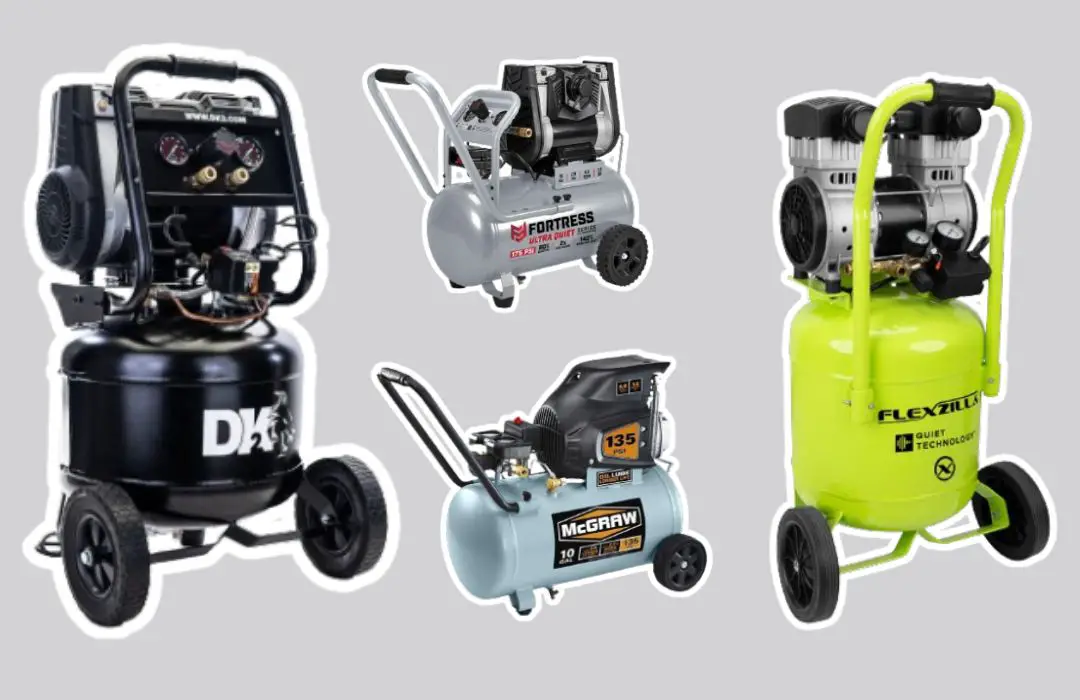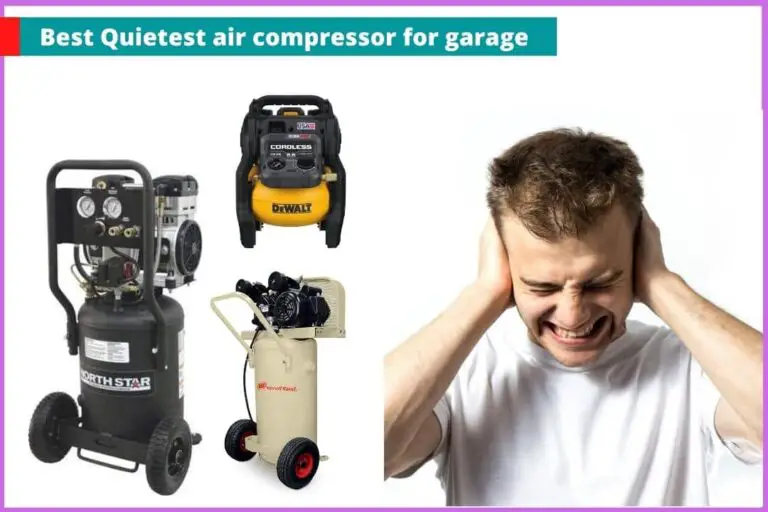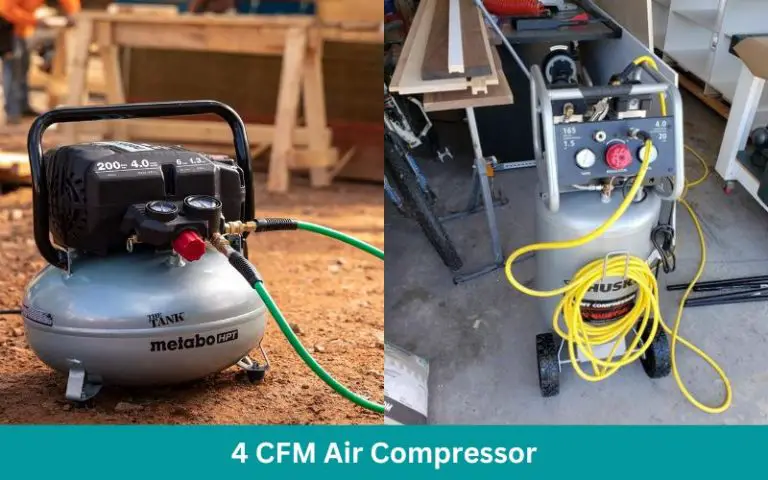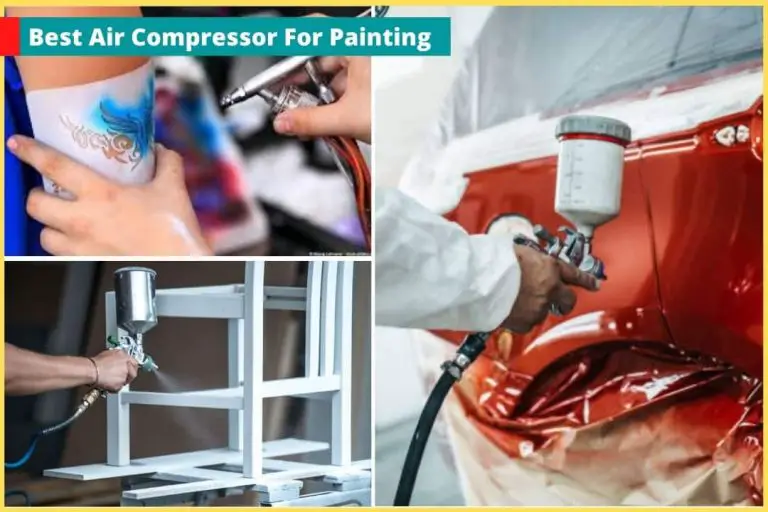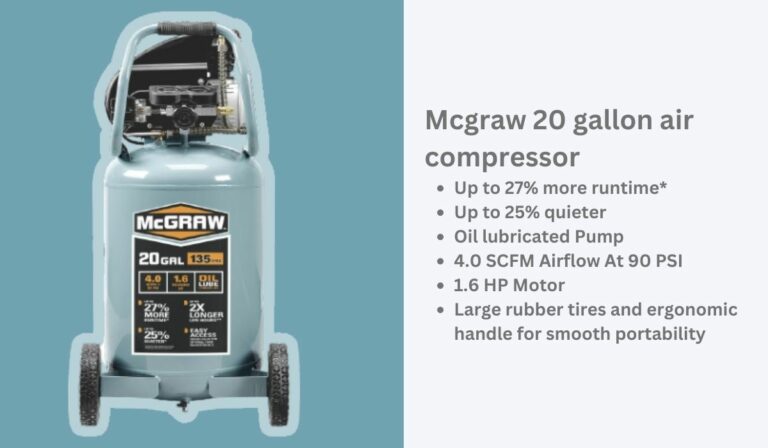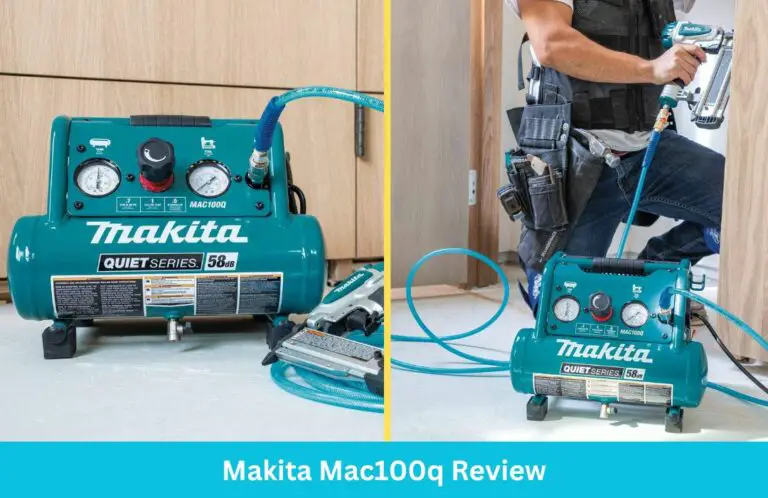What’s The Best 10 Gallon Air Compressor For The Money?
Claim your $100 Walmart Gift Card now and start shopping smarter! Limited time offer – act fast! Get a $100 Walmart Gift Card!
If you are looking for an air compressor to run low air-hungry tools like nail guns, framing guns, roofing guns, and inflating jobs, an air compressor with a tank size of 4 to 6 gallons and a minimum airflow of 3 CFM at 90 PSI is ideal. But for those medium air-hungry tools like small impact wrenches, small paint sprayers, and blowing out sprinkle lines, that most homeowners have in their garage, the FORTRESS 10 Gallon is our pick.
Will a 10 gallon air compressor run air tools?
Whether a 10-gallon air compressor can run air tools depends on the specific air tools you want to use, not just the size of the tank. Here’s a breakdown to help you understand:
Air tool requirements:
- Air consumption: The air emitting capacity of an air compressor measured in CFM stands for cubic feet per minute. This indicates how much air the compressor can pump in a minute. On the other hand, all kinds of pneumatic tools have air consumption ratings, which indicate how much air they need to run properly. They have varying CFM requirements – for example, a brad nailer might need just 0.5 CFM, while a large impact wrench could require 7 CFM or more.
- Pressure requirements: Air compressors have a standard PSI rating; usually, it may range from 100 to 200 psi, and 175 PSI is the most common for 10-gallon compressors. The tank pressure of an air compressor indicates how much pressure the tank can hold safely. PSI, Measured in Pounds per Square Inch (PSI), in terms to tool pressure requirements, this indicates the force the tool needs to work properly. Most air tools fall within the 70-90 PSI range, but some heavy-duty tools might need 120 PSI or more.
What is a 10-gallon compressor can be used for?
10-gallon air compressor capabilities:
- CFM output: Typically, 10-gallon air compressors have a maximum CFM output of around 4 CFM to 5.8 CFM at 100% duty cycles. This means they can continuously deliver that amount of air per minute without running out.
- PSI output: Most 10-gallon compressors we’ve experienced can reach a maximum PSI of 115 to 175 PSI.
So, can it run air tools?
- Light-duty tools: Yes, a 10-gallon compressor can likely handle light-duty tools like Brad nailers, staplers, framing nailers, roofing nailers, palm nailers, airbrushes, small spray guns, and tire inflators, as their CFM and PSI requirements are typically lower.
- Medium-duty tools: Some medium-duty tools like small sanders, impact wrenches, or drills might also work, but it depends on their specific requirements and how often you use them. If you need to use them continuously, the compressor might struggle to keep up. Typically, a 30-gallon compressor can supply them for continuous operation.
- Heavy-duty tools: No, a 10-gallon compressor generally won’t be powerful enough for heavy-duty tools like 1-inch impact wrenches, air sanders, air grinders, jackhammers, or large paint sprayers. These tools have high CFM, and PSI demands that a 10-gallon compressor can’t consistently meet.
Our expert Recommendations:
- To determine if a 10-gallon compressor will work for your needs, check the CFM and PSI requirements of the specific air tools you want to use. First of all, summarize your tool’s air requirements. If you run a single tool at a time, make sure the tools demand airflow below 6 CFM, and if you want to run two tools simultaneously, you must make sure their airflow requirements are below 5 to 6 CFM.
- If you’re unsure, it’s always better to choose a slightly larger compressor than you think you need. This will give you more flexibility and ensure you have enough power for future projects.
- Consider your usage patterns. If you’ll be using multiple tools or running them continuously, a larger compressor might be necessary, it could be 60-gallon compressor with high airflow.
How many PSI is a 10 gallon air compressor?
The air compressor tank pressure, measured in PSI, refers to the maximum pressure level that the air compressor’s storage tank can reach when it is fully pressurized. It is usually measured in pounds per square inch (PSI). The tank pressure is a crucial specification because it determines the amount of compressed air that the tank can store and subsequently provide to connected air tools or devices.
Now, when it comes to the pressure (PSI) of a 10-gallon air compressor, it can vary depending on the specific model and brand. Air compressors come in various sizes and configurations, and the PSI rating is one of the specifications that can differ.
In general, 10-gallon air compressors may have a PSI rating of 100 to 175 PSI. The PSI rating indicates the maximum pressure that the compressor can deliver.
Here’s the most popular 10-gallon compressor’s PSI chart
| Models | CFM | PSI | Price |
| California Air Tools 10020C | 6.40 CFM at 40 PSI & 5.30 CFM at 90 PSI | 125 PSI | $450 |
| EMAX Hulk HP02P010SS | 5.77 CFM at 90 PSI8.39 CFM at 40 PSI | 125 PSI | $420 |
| DK2 AC10G | 4.5 CFM at 90 PSI | 150 PSI | $550 |
| FORTRESS 10 Gallon | 4.3 CFM at 90 PSI | 175 PSI | $289 |
| MCGRAW 10 Gallon | 4 CFM at 90 PSI | 135 PSI | $199 |
| FLEXZILLA CB20100F | 5.8 CFM at 90 PSI | 125 PSI | $589 |
| TMG Industrial | 5 CFM at 40 PSI4.3 CFM at 90 PSI | 115 PSI | $449 |
What should you look for in a 10-gallon air compressor?
When looking for a 10-gallon air compressor, you should consider a few factors that meet your specific needs and requirements.
Here are some important features to look for:
- CFM (Cubic Feet per Minute): Check the compressor’s CFM rating; this factor indicates how much air the compressor motor can deliver. Ensure that the CFM is sufficient for the air tools you plan to use.
- PSI (Pounds per Square Inch): Verify the maximum PSI of the compressor. The PSI rating should meet or exceed the requirements of your air tools. This ensures that the compressor can provide the necessary pressure for optimal tool performance.
- Duty Cycle: The duty cycle indicates the amount of time a compressor can run within a specific period without overheating. A higher-duty cycle is beneficial for continuous or heavy-duty use.
- Oil-Free vs. Oil-Lubricated: Decide whether you prefer an oil-free or oil-lubricated compressor. Oil-free compressors are generally lower maintenance, while oil-lubricated models may have a longer lifespan.
- Noise Level: Consider the noise level of the compressor, especially if you’ll be using it in a residential or noise-sensitive environment. Mostly, oil-free motors with lower RPM may produce low operational noise.
- Portability: Check if the compressor is designed for easy portability. Features such as wheels and a handle can make it more convenient to move the compressor around.
- Tank Material: The material of the tank affects durability. Look for a tank made of high-quality materials to ensure longevity and resistance to corrosion. In that case, the aluminum tank may be ideal for you, as this can resist corrosion.
- Accessories and Features: Some compressors come with additional features such as built-in regulators, pressure gauges, air filters, and quick-connect fittings.
- Price and Warranty: Compare prices and warranty information. While it’s important to stay within your budget, investing in a quality compressor with a good warranty can be cost-effective in the long run.
Hi, Eddie T. Jones and I am the author of homegearsolution.com. I have been working with household appliances, tools, outdoor gear, and gardening tools for several years. I publish unbiased comparisons based on user reviews, expert reviews, and test results. I hope you like the website.
Best regards, Eddie T. Jones

